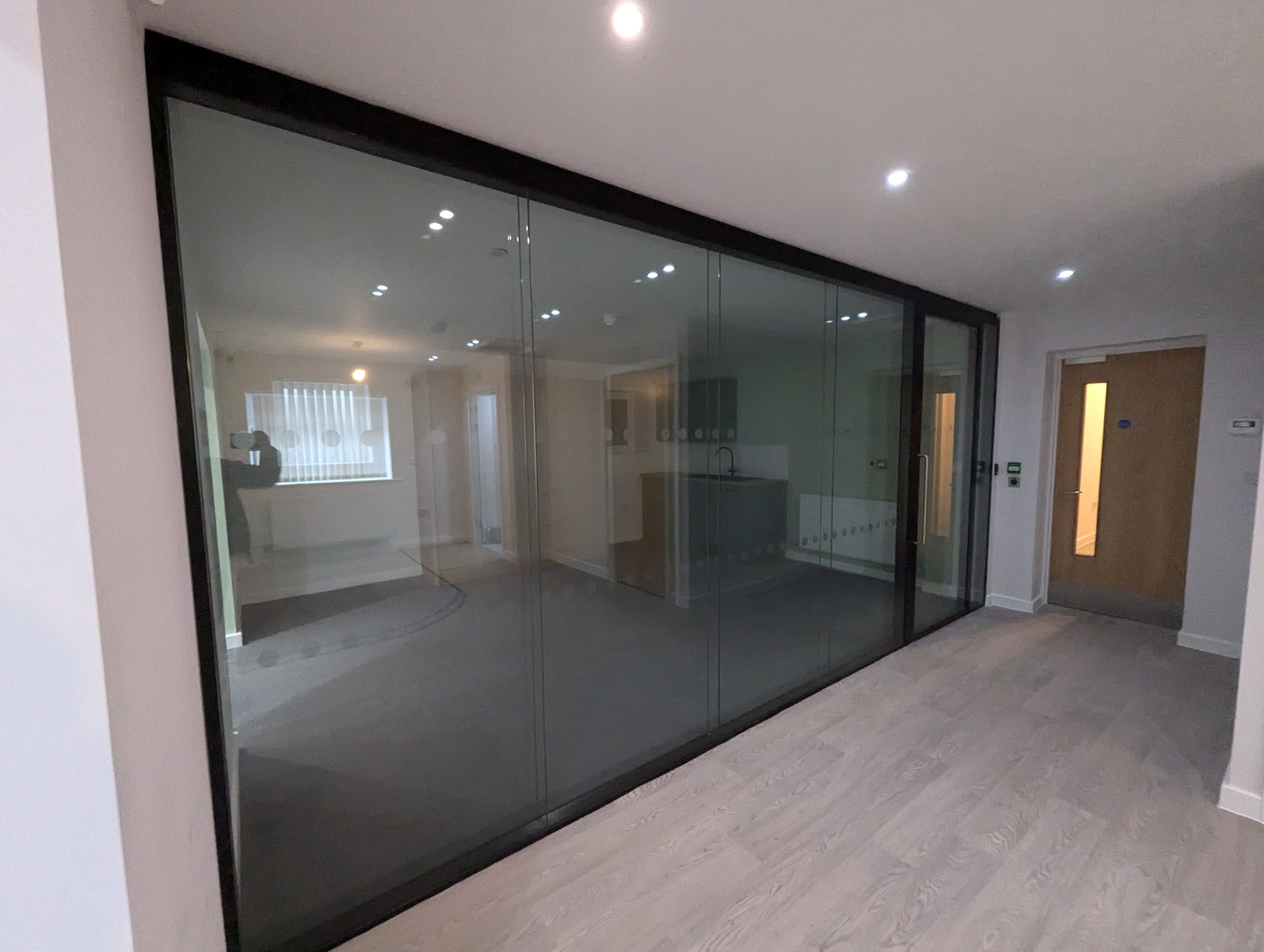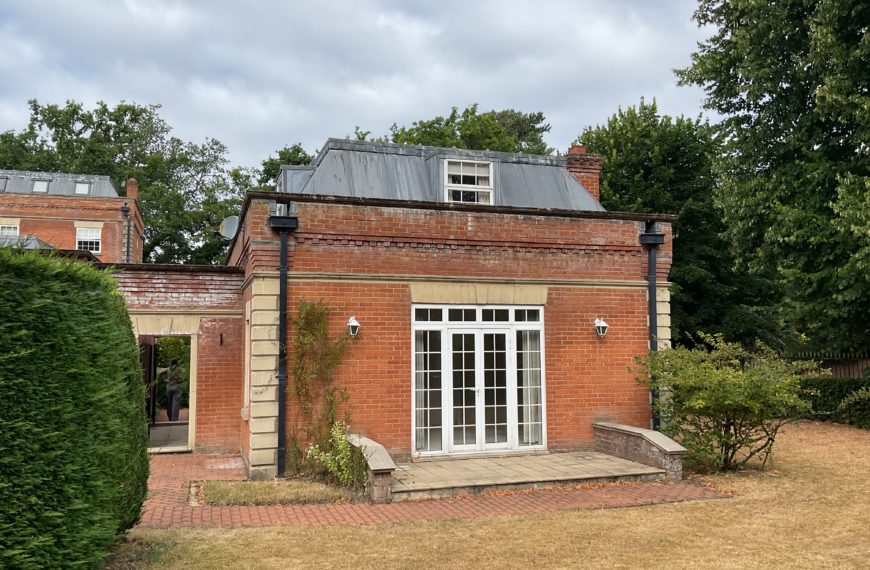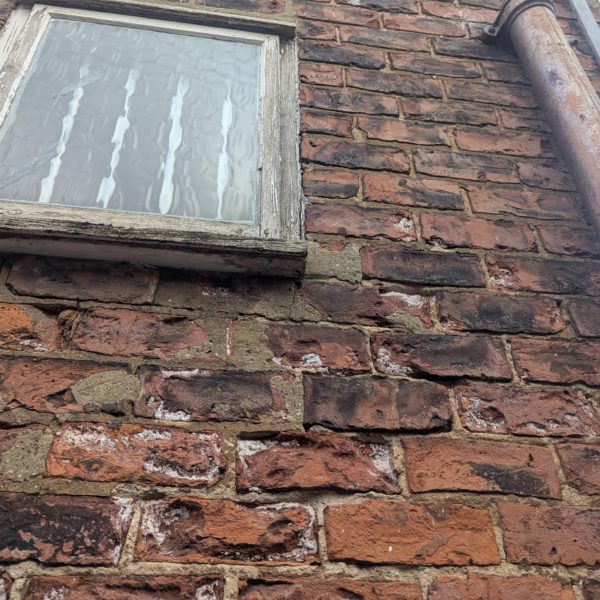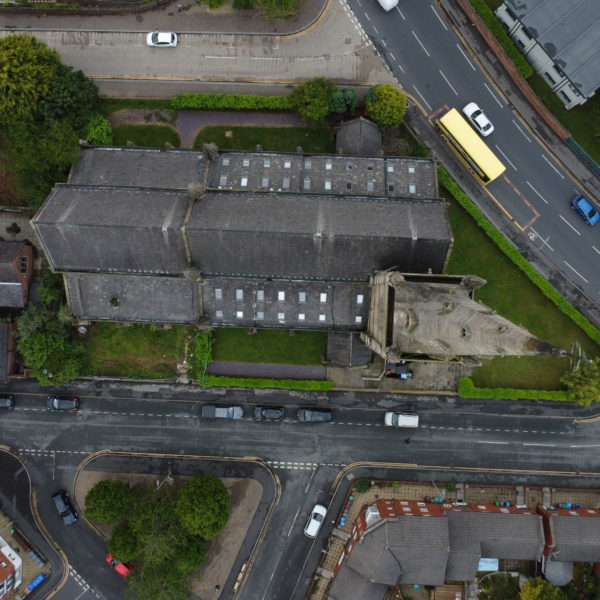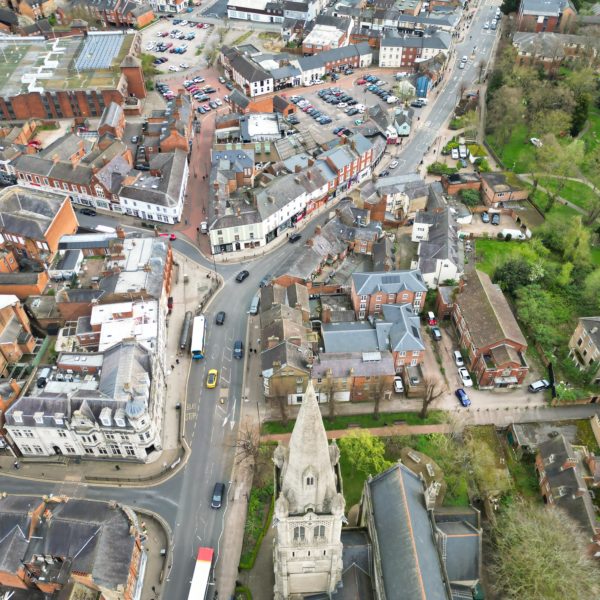Introduction
As chartered building surveyors specialising in dilapidations, we stress the power of photographic records and professional surveys in protecting tenants. These tools provide clarity, credibility, and leverage, especially when it comes to defending against unjust dilapidations claims.
Speak to a member of the team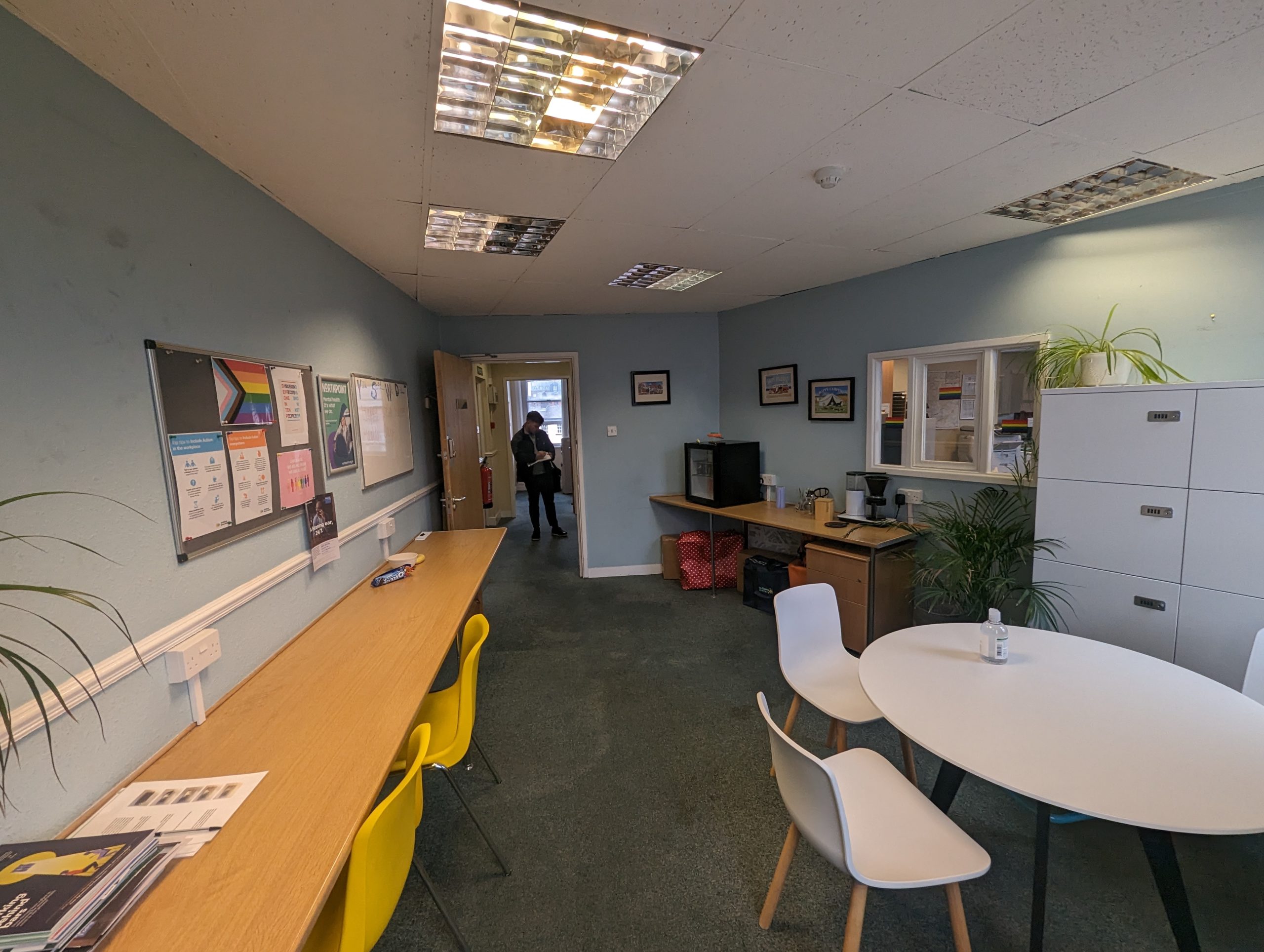
1. Build Your Defence with a Schedule of Condition
A Photographic Schedule of Condition: a combination of annotated images and descriptive text, captures the property’s state at lease commencement. It’s a tenant’s frontline guard against being held accountable for pre-existing damage, especially under an FRI lease. To be effective, it must be formally annexed and referenced in the lease contract.
2. How Photographic Evidence Enhances Credibility
High-quality, date referenced photos covering walls, floors, ceilings, doors, windows, and external elements build objective records. Without this documentation, landlords may wrongly claim deterioration is tenant-caused, or claim that the certain parts of the fit out weren’t there and the tenant should remove them, leading to inflated repair and reinstatement demands. Combining visual evidence with professional descriptive text ensures clarity and reinforces credibility.
3. Why Commission Surveys Delivered by Chartered Professionals
A RICS-accredited surveyor ensures the report meets the highest legal and technical standards. Such , surveys mitigate disputes by offering neutral, detailed records, trustworthy to both tenants and adjudicators. Ideally, the photographic evidence forms part of a comprehensive survey covering both written and visual documentation.
4. Prevent Disputes Before They Escalate
Surveys serve as transparent documentation that pre-empts disagreements. They help define responsibilities clearly, reduce ambiguity, and foster an atmosphere of cooperation—crucial in long-term leases.
5. Capturing Subtle and Hidden Defects
Well-executed surveys don’t just photograph the obvious, they provide context (lighting, scale), and log metadata (date, locations) to ensure clarity. While latent defects are harder to evidence visually, high-resolution photos paired with detailed annotation can strongly support your position.
6. Strategic Uses Beyond Initial Lease Signing
Photographic evidence and surveys are valuable beyond lease commencement, they support negotiations, can be referenced in dispute resolution, and protect against claims in party‑wall contexts or landlord-initiated construction impacts. Properly maintained, these records provide long-term defence throughout the lease lifecycle.
7. Beyond Defence: Using Surveys & Evidence for Strategic Financial Planning
While surveys and photographs are vital for limiting liability, they also serve strategic financial functions that few tenants take full advantage of:
Dilapidations as a Budgeting & Tax Strategy
Under FRS 102 (Financial Reporting Standard), commercial tenants can classify expected dilapidations liabilities as provisions in their accounts, potentially reducing year-end taxable profits. To do this credibly:
- Commission a professional dilapidations assessment (paired with photographic evidence)
- Quantify likely reinstatement or repair costs
- Work with your accountant to integrate these into your year-end provisions
This turns a potential risk into a budgeting tool—ensuring smoother lease exits and better cash flow planning.
Calculate your survey costAbout Fourth Wall Building Consultancy
Fourth Wall Building Consultancy specialises in UK commercial property dilapidations, offering expert surveying and consultancy services tailored to landlords and tenants. We offer:
- Highly Experienced Chartered Surveyors with a proven track record in dilapidations claims.
- Transparent Pricing Models to help clients budget effectively.
- Early Engagement Approach, minimizing costly end-of-lease surprises.
- Comprehensive Reporting using the latest digital tools for clarity and precision.
- Dispute Resolution Support to avoid expensive litigation.
Related Services
- Dilapidations surveys and schedules
- Pre-Lease compliance and condition assessments
- Building condition reports and maintenance planning
- Dispute negotiation and expert witness support
Frequently Asked Questions (FAQs)
Q1. Is a Photographic Schedule of Condition sufficient on its own?
No, while invaluable, it must include detailed written descriptions and be professionally compiled to hold up in dispute situations.
Q2. How long does a survey take?
A survey for a commercial property might take a few hours on-site, with reports typically delivered within a week, though times vary based on property size and complexity.
Q3. Who conducts these surveys? Can I do it myself?
Surveys should be carried out by a RICS-accredited chartered building surveyor. DIY documentation lacks professional context and carries much weaker legal standing.
Q4. Does photographic evidence protect against all dilapidations claims?
It significantly strengthens your position, but applicants can still pursue liabilities for latent defects or undergoing alterations not covered by the documentation.

